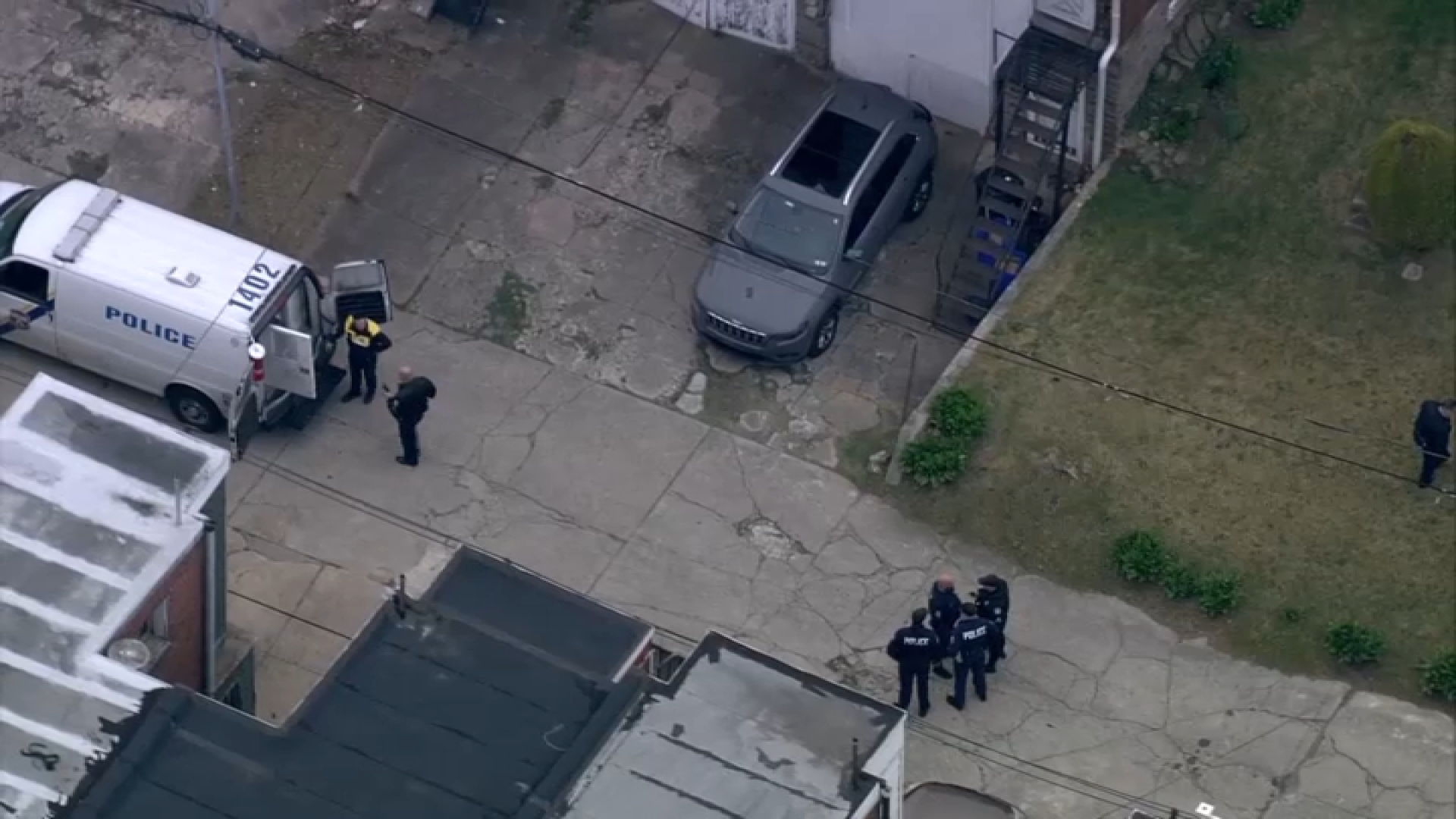Nothing puts a damper on exercise faster than a muscle cramp early in the going. Cramps in a calf are among the most common problems associated with exercise, especially in heat or humidity. But even though it's common, the cause remains uncertain.
Some experts believe muscle fatigue is the problem and point out that muscle cramping during exercise is most common among untrained athletes or early in an athletic season, before peak physical conditioning has been reached. Others suggest that dehydration and "electrolyte imbalance" are the most important triggers, although blood tests for common electrolytes (such as sodium and potassium) are typically normal.
In fact, in most cases there is no clear explanation for the problem. A notable exception is that for elite athletes or during prolonged, high-intensity exercise, dehydration and electrolyte imbalance do play a role.
So what's a well-intentioned exerciser to do? Warm up for five to ten minutes in the first part of your exercise routine, and gently stretch during and after exercise. Drink plenty of fluids, and start your exercise program slowly, building up endurance and strength gradually. It may be hard to predict when you'll get a cramp exercising, but they typically do go away and rarely cause any long-term impediment to exercise.
Nighttime leg cramps
The situation is remarkably common. You're sound asleep and suddenly you awaken with a stabbing, searing pain in the calf. Relief comes only by jumping out of bed and standing up.
If you have leg cramps at night (also called "nocturnal leg cramps"), getting out of the bed and walking around may help. Some persons find relief with heat (hot shower, hot bath, or heating pad) and massage, while others prefer cold packs (crushed or cubed ice in a plastic bag, wrapped in a towel). Try both and use the method that feels best for 20 minutes several times a day.
Local
Breaking news and the stories that matter to your neighborhood.
Stretching out a cramp
When you get a leg cramp, try the following stretches:
- When the spasm is in your foot, your toes may curl up or down. To stretch the muscle in spasm, bend your toes in the opposite direction.
- When the spasm is in your calf, bend the ankle upward to stretch the calf muscle.
- When the spasm is in your thigh, bend or straighten the knee and hip until you feel relief.
Hold the stretch for 5-30 seconds, rest for one minute, and repeat until the spasm is relieved and does not feel like it will return — it may take several minutes or more.



